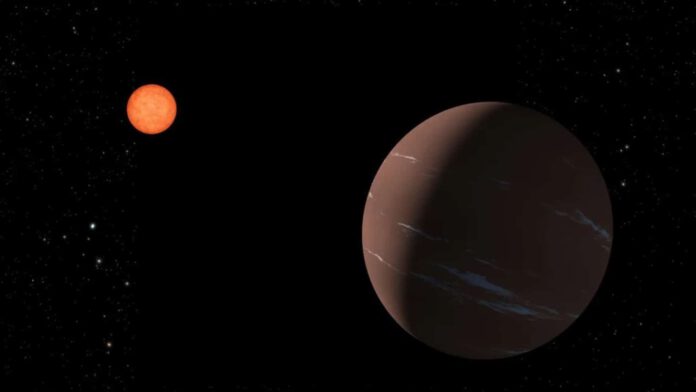
A New ‘Super-Earth’ Discovery: Hope for Extraterrestrial Life?
There is an exciting new discovery within the astronomy sphere – a ‘super-Earth’ located in what is considered a liveable zone, and not too far from us by astronomical standards. It breeds new hope in the quest to discover extraterrestrial life.
Meet TOI-715 b: An Exoplanet with Potential
The Transiting Exoplanet Survey Satellite (TESS) recently detected exoplanet TOI-715 b. Around one and a half times the size of Earth, this planet orbits a red dwarf star approximately 137 light-years away from us. There might be another planet similar to our size in close proximity. However, the attention is currently focused on TOI-715 b as it announces its presence within the habitable zone. This zone’s temperature possibly allows the existence of liquid water on its surface, which could potentially be a critical factor for the existence of alien life.
The Question of Habitable Zone
But defining a habitable zone as simply as a temperature that allows liquid water on a planet’s surface is not always enough. More factors need to coincide for a planet to potentially host water and life. A suitable atmosphere is one of these factors, leading to the implementation of a more conservative definition of the habitable zone. According to this more stringent definition, TOI-715 b still ranks in an excellent position; even the smaller, neighbouring planet might barely make it into the conservative habitable zone. This planet could be the smallest in such a zone discovered by TESS, surpassing expectations because astronomers never thought they could discover a planet of this size at the required stellar distance.
The Power of TESS
Since 2018, TESS has been scanning the skies looking for exoplanets where water could potentially exist, and TOI-715 b is no exception. Only last month, the giant NASA space telescope announced the discovery of sixty new exoplanets located in their stars’ habitable zone. This latest discovery is even more intriguing as the planet orbits a red dwarf, which is smaller and colder than our sun. Such stars are known to commonly host small rocky planets. They are our best bet to find habitable planets as, despite the colder temperatures of red dwarfs, their close proximity allows planets to exist in the habitable zone. Furthermore, these planets orbit their stars more quickly–a year on TOI-715 b only takes nineteen days. This characteristic makes it easier for TESS to locate and study the planet because it detects the moment the planet crosses its star’s face, blocking some of the light. This method would be unimaginable for a planet like Earth, where we would have to wait 365 days each time.
James Webb Telescope: The Next Step Towards Knowledge
However, TESS is just the beginning. Astronomers have embarked on a new frontier in our understanding of exoplanets with the introduction of the James Webb Space Telescope. This telescope not only assists in finding distant worlds but also helps us understand their properties, such as the atmospheric composition. Planet TOI-715 b is currently slated for the Webb telescope to examine, specifically looking for signs of an atmosphere. However, the quest for knowledge about this planet, such as its massivity and the potential to be defined as a ‘water world’, remains. These factors could make its atmosphere, if it exists, more prominent and easier to detect unless it’s a denser, drier world that retains its atmosphere closer to its surface.
In conclusion, there is still a lot to uncover before we truly know whether this super-Earth holds more secrets.











